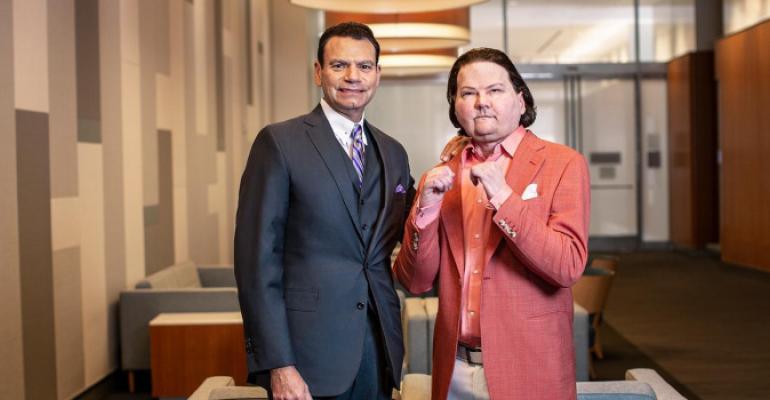A surgical team from NYU Langone Health performed a face and double hand transplant for a 22-year-old New Jersey resident severely burned in a horrific car crash. The surgery included transplanting both hands and the full face of a single donor. It marked the first successful combination transplant case of its kind in the world.
About the Procedure
The surgery, which began the morning of Wednesday, August 12, took approximately 23 hours—a total surgery time shorter than NYU Langone’s most recent face-only transplant for Cameron Underwood performed in 2018. A team of more than 140 healthcare professionals, including surgeons, nurses, and other staff, was once again led by Eduardo D. Rodriguez, MD, DDS, director of the Face Transplant Program, the Helen L. Kimmel Professor of Reconstructive Plastic Surgery, and chair of the Hansjörg Wyss Department of Plastic Surgery at NYU Langone.
The recipient in this recent case is Joe DiMeo of Clark, New Jersey, who received third-degree burns over 80 percent of his body from a car accident in July 2018. Despite having approximately 20 reconstructive surgeries, DiMeo had extensive injuries—including amputated fingertips, severe facial scarring, and no lips or eyelids—that affected his vision and daily activities, and severely limited his ability to live a functional and independent life.
“Joe was an ideal candidate for this procedure; he’s extremely motivated and dedicated to recovering the independence he lost after his accident,” says Dr. Rodriguez. “Thanks to the institutional support we received here at NYU Langone and a world-class team committed to providing the best care for our patient, we’ve succeeded in a tremendous undertaking that shows we can continue to take on new challenges and advance the field of transplantation.”
A New Chapter for a Pioneering Program
This is the fourth face transplant performed under the leadership of Dr. Rodriguez and the first hand transplant under his direction. While two other simultaneous face and hand transplant attempts are known to have been performed, in each case there was an adverse outcome: one patient ultimately died due to infectious complications, and another required removal of the hands after they failed to thrive.
“Fundamentally, I viewed this as the same type of surgical exercise as our previous successful face transplants,” Dr. Rodriguez says. “I saw no reason why we couldn’t achieve this outcome to help improve Joe’s function and quality of life.”
Source:
NYU Langone Health

